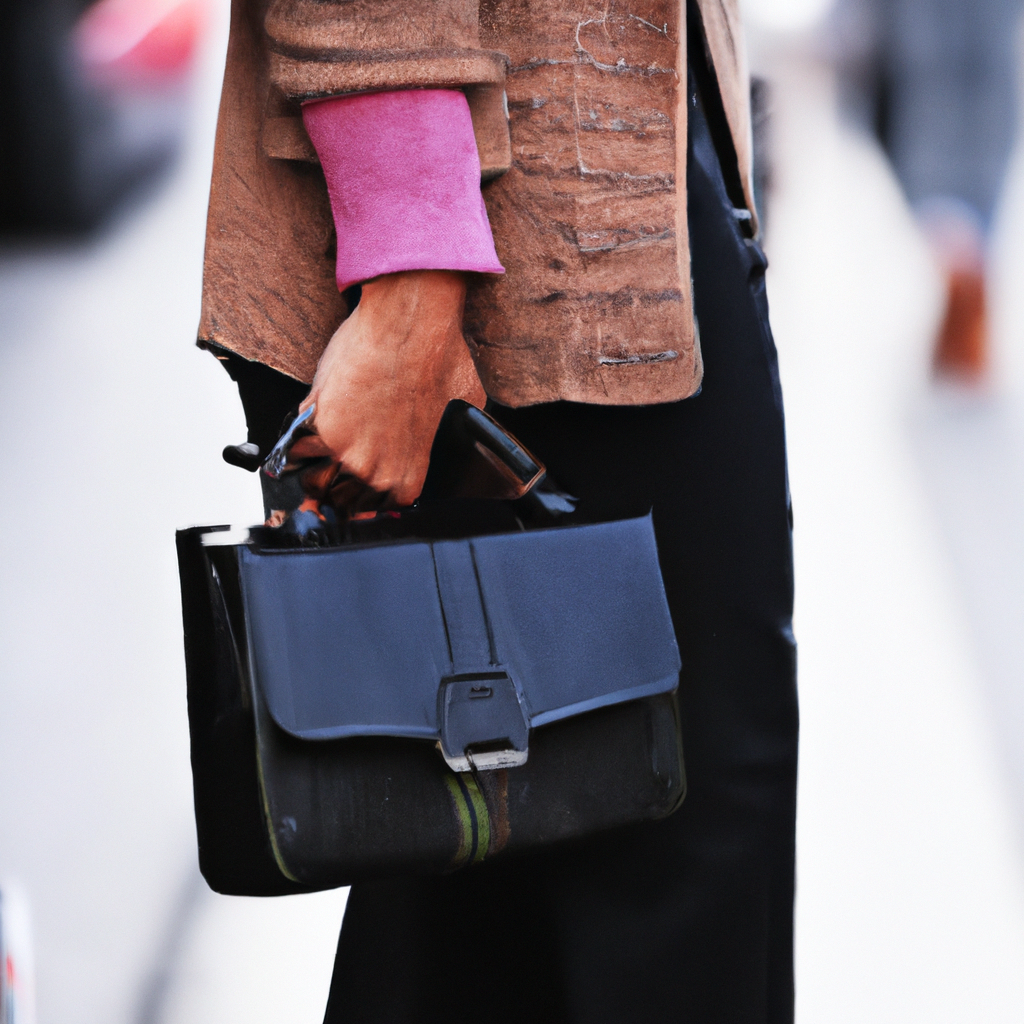Read in your native language
english german italian french spanish mandarin arabic portuguese russian japanese hindi bengali punjabi urdu korean vietnamese thai malay indonesian persian turkish polish ukrainian greek romanian hungarian dutch swedish norwegian finnish danish hebrew czech slovak bulgarian serbian croatian slovenian
Luxury Brands Navigating Economic Challenges in China
The luxury market in China is currently grappling with substantial challenges, as brands like Marc Jacobs, Burberry, and Balenciaga resort to significant discounts to entice consumers amidst declining sales. Recent reports indicate that Burberry’s sales in mainland China have plummeted by 21% year-over-year, necessitating a strategic response to the ongoing economic difficulties.
High-end fashion labels, particularly Hugo Boss, have acknowledged these challenges in their preliminary financial results, highlighting the instability of the Chinese market. In response, brands are implementing price reductions, with Marc Jacobs offering discounts exceeding 50% and Balenciaga providing an average discount of 40% in early 2024, particularly on platforms like Alibaba's Tmall Luxury Pavilion.
Perspectives of Stakeholders
1. Luxury Brands
- Benefits: Attracting price-sensitive consumers and clearing unsold inventory.
- Risks: Potential damage to brand equity and long-term value, leading to perceptions as lower-end brands.
- Losses: Financial implications in terms of margin reductions and dilution of brand image.
2. Consumers
- Benefits: Access to premium products at significantly reduced prices.
- Risks: Concerns regarding the quality of discounted luxury items, which may not align with brand standards.
- Losses: The risk of becoming accustomed to lower prices, potentially diminishing perceived value.
3. Market Analysts
- Benefits: Enhanced understanding of market dynamics and trends in luxury consumer behavior.
- Risks: Misjudgment of market recovery timelines, which can impact forecasts and recommendations.
- Losses: Erosion of credibility if predictions do not align with actual market performance.
Market Trends and Historical Context
The luxury goods market in China has seen rapid expansion, tripling in size from 2017 to 2021, according to Bain & Company. However, post-pandemic economic conditions have led to declines in consumer spending due to various factors, including a real estate crisis, geopolitical tensions, and stock market volatility.
Visual Representation of Market Stagnation and Brand Responses
Relevancy Meter
Relevancy Score: 75% - This discussion holds high relevance as the challenges faced by the luxury market are directly tied to the current economic cycle and the immediate responses from brands. However, since the growth phase (2017-2021) precedes today's issues with no significant changes in trend observed, a slight decrease in relevancy is noted.
By employing discount strategies, luxury brands risk undermining their traditional exclusivity, while analysts underscore the long-term ramifications of such tactics.
In conclusion, luxury brands adjusting to the prevailing economic conditions in China reveal a complex interplay of consumer behavior, brand strategy, and overall market health.
Keywords: Marc Jacobs, Burberry, Balenciaga, 21%, 50%, 40%, China, luxury brands, economic challenges
Author: Andrej Dimov
Published on: 2024-07-29 00:28:01



